Discovering what lies beneath the vast expanse of ocean is akin to exploring a world in another galaxy. The deepest trenches on Earth, shrouded in perpetual darkness and untouched by sunlight, hold secrets that captivate scientists and enthusiasts alike. Dive into the mysteries of these enigmatic depths and explore the fascinating ecosystem beyond the reach of sunlight.
The Dark Abyss: A Brief Background
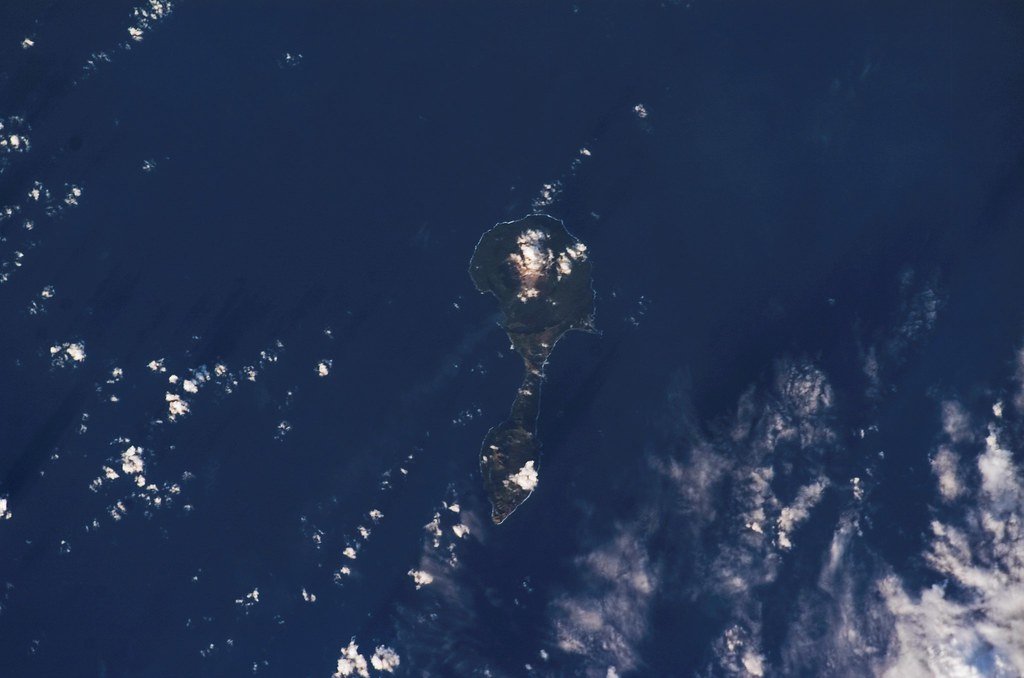
Oceans cover approximately 71% of our planet’s surface, yet much of them remain unexplored and mysterious. The deep-sea trenches, formed by tectonic plate activities, are some of the least accessible areas on Earth. One of the most renowned is the Mariana Trench, which plunges down about 36,000 feet at its deepest point, the Challenger Deep. While human exploration has been minimal, scientific advancements reveal insights into these mysterious depths that were once mere speculation.
Life Without Sunlight
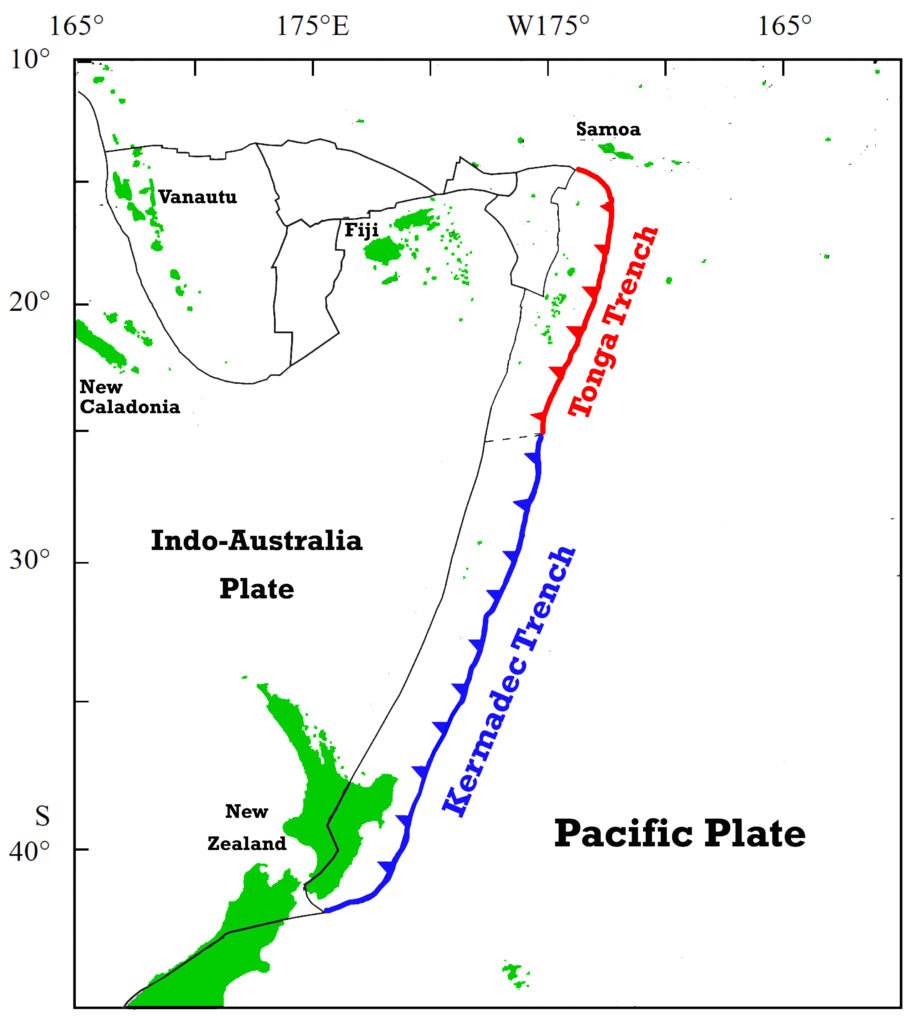
Sunlight cannot penetrate beyond approximately 1,000 meters depth, creating a realm of darkness in deep-sea trenches. Yet life flourishes here, with organisms that have adapted to survive in conditions unlike anywhere else on Earth. Chemosynthesis, a process where microbes use chemical reactions to produce energy, supports a food chain independent of sunlight. This discovery has broadened our understanding of life’s adaptability and the potential for life on other planets.
The Unique Pressure and Temperatures
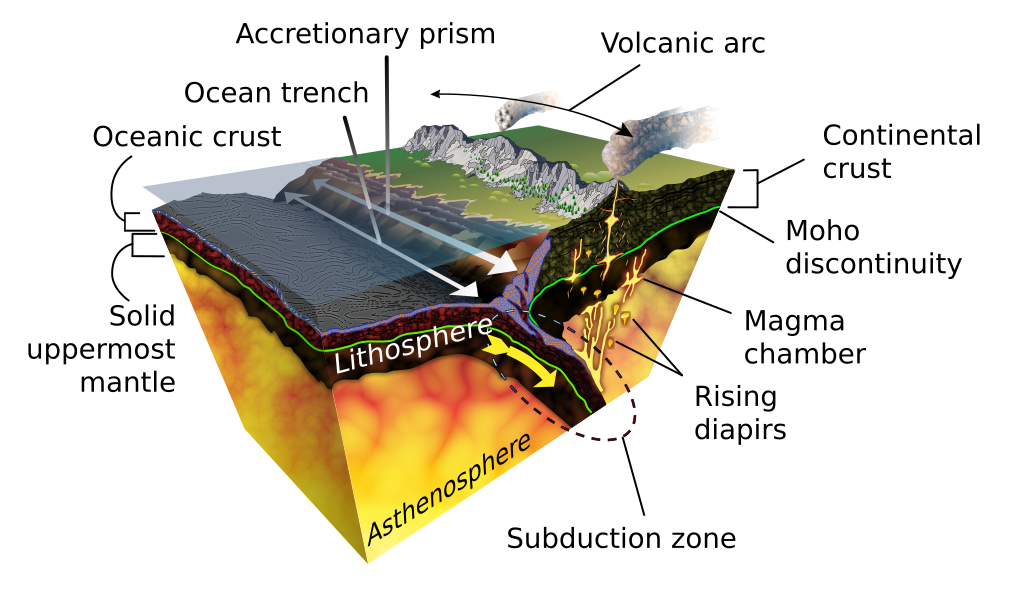
The extreme pressure of about 8 tons per square inch and near-freezing temperatures characterize the deepest ocean trenches. Such harsh environments selected for unique traits in deep-sea organisms. Special adaptations, like flexible cell membranes and pressure-resistant enzymes, allow life to thrive in these conditions. Studying these adaptations offers insights into biotechnological innovations that mimic nature’s survival strategies.
Mystery of the Megafauna

Giant creatures such as the abyssal gigantism exemplify life in deep-sea trenches. Species like the giant squid and colossal amphipods have astounded scientists with their size and adaptation strategies. These organisms raise interesting questions about metabolism, growth, and evolutionary pressures in deep-sea environments. Despite their mysterious aura, they play critical roles in the ocean ecosystem.
Bioluminescence: The Deep Sea’s Light Show

Despite the absence of sunlight, some species create their own light through bioluminescence. This fascinating phenomenon is instrumental in communication, attracting prey, and evading predators. Creatures such as the anglerfish and jellyfish demonstrate nature’s ingenuity in surviving and thriving in absolute darkness.
Unusual Discoveries: Hydrothermal Vents
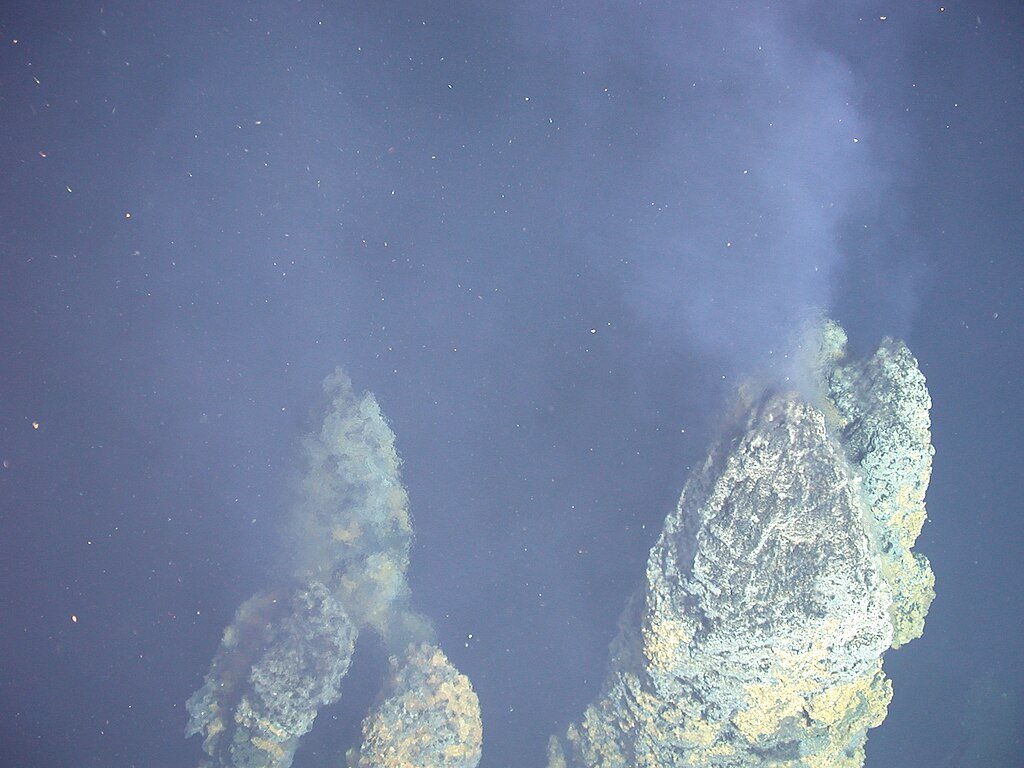
Hydrothermal vents, found in deep ocean trenches, are openings in the seabed that release mineral-rich, hot water. These vents support unusual ecosystems teeming with life forms unlike anything found elsewhere. Such discoveries have challenged our understanding of the conditions necessary for life and opened new avenues for considering extraterrestrial life forms.
The Role of Technology in Exploration

Advances in technology, including remotely operated vehicles (ROVs) and deep-sea submersibles, have expanded our capacity to study these remote parts of our planet. Technologies like sonar mapping and deep-sea cameras have enabled researchers to visualize and document these areas, exponentially increasing our understanding of oceanic processes.
Threats to the Deep-Sea Environment
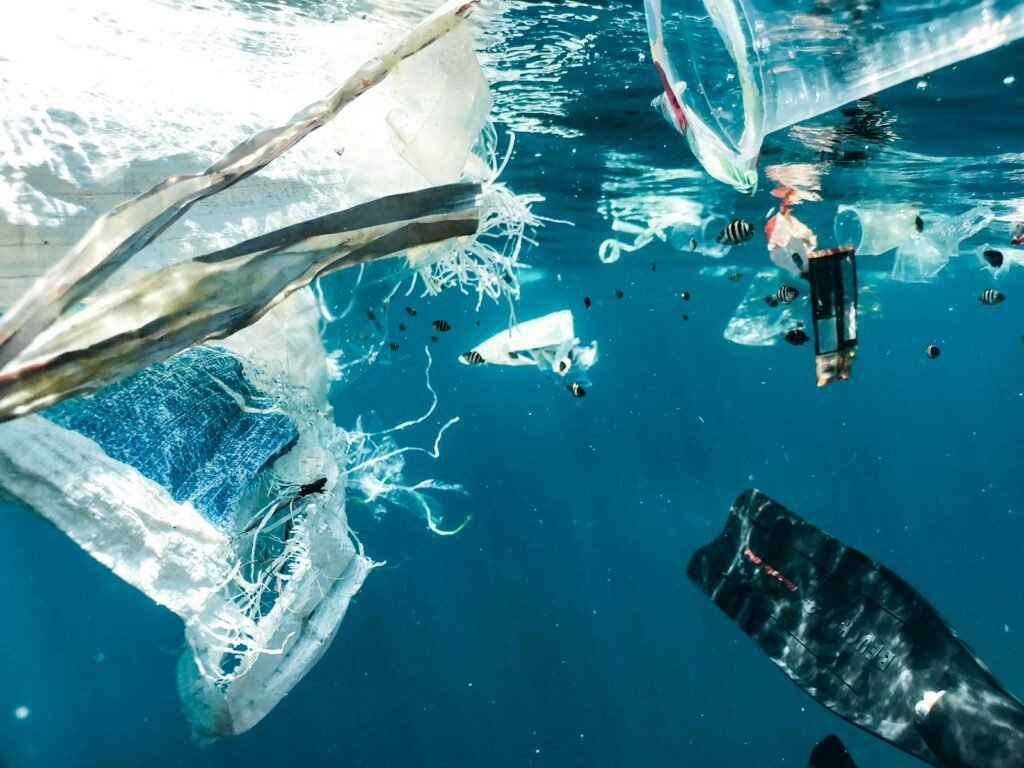
Despite being remote, deep-sea environments are not immune to human impact. Pollution, especially plastics, has reached even these distant ecosystems. Moreover, practices like deep-sea mining pose significant threats to these fragile and poorly understood environments. International efforts are crucial in safeguarding these natural wonders from human exploitation.
The Fascination of Deep-Sea Research

Deep-sea research continues to captivate scientists globally, driven by the desire to understand Earth’s last unexplored frontiers. Each expedition adds a piece to the puzzle, revealing insights into climate change, marine biology, and geological processes. This continuous exploration underscores the significance of preserving oceanic health and biodiversity.
Conclusion: A World of Wonder

The depths of Earth’s ocean trenches are more than just geographical structures; they are windows into life’s adaptability and resilience. Understanding these abyssal environments not only satisfies human curiosity but also informs our conservation efforts and technological advancements. As we peer into the abyss, we find inspiration and respect for the marvels of the natural world, motivating efforts to preserve and cherish these unique ecosystems for future generations.




